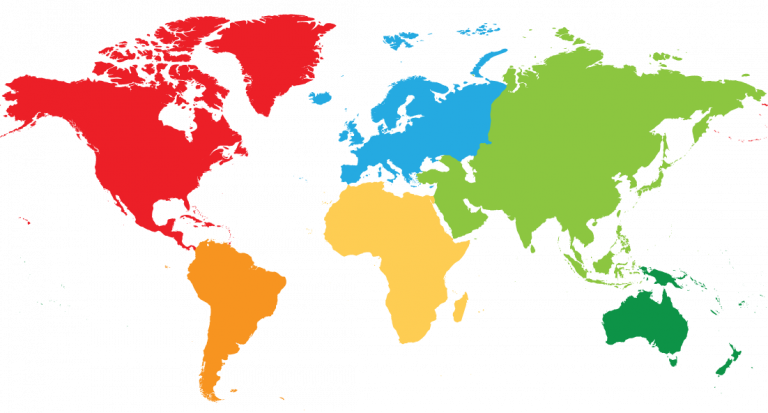The world facing the high school graduates of 2025 will be even more crowded than the world of today. The physical environment will be even more threatened. The global economy will be even more competitive and interconnected.
Understanding and responding to the challenges and opportunities of the world in the twenty-first century will require many skills; the capacities to think and communicate mathematically and scientifically will remain at a premium. Geographic literacy will also be necessary for reasons of enhancing economic competitiveness, preserving quality of life, sustaining the environment, and ensuring national security. As individuals and as members of society, humans face decisions on where to live, what to build where, how and where to travel, how to conserve energy, how to wisely manage scarce resources, and how to cooperate or compete with others.
Making all of these decisions, personal and collective, requires a geographically informed person—someone who sees meaning in the arrangement of things on Earth’s surface, who sees relations between people, places, and environments, who uses geographic skills, and who applies spatial and ecological perspectives to life situations. Geographic skills enable a person to understand the connections between patterns of rivers and the physical processes that create them, between patterns of cities and the human processes that create them, and between what happens in the places in which we live and what happens in places throughout the world, near and far.
The goal of the National Geography Standards is to enable students to become geographically informed through knowledge and mastery of three things: (1) factual knowledge; (2) mental maps and tools; (3) and ways of thinking.”Geography for Life: National Geography Standards, Second Edition
“GEOGRAPHY IS FOR LIFE IN EVERY SENSE OF THAT EXPRESSION: LIFELONG, LIFE-SUSTAINING, AND LIFE-ENHANCING.”
The National Geography Standards represent the consensus of the geography education community around what students should know and be able to do by the time they graduate from the 12th grade.
The first ever National Geography Standards, “Geography for Life”, were published in 1994 and revised in 2012. While every state has adopted geography curriculum standards based on “Geography for Life”, most students in the United States will not have had enough explicit geography instruction to meet all of these standards unless or until they enroll in an undergraduate program. Curriculum developers, K-12 teachers, and parents can help by increasing their own understanding of the value and power of a geographic education.
The 18 geographic knowledge standards are grouped by 6 Essential Elements:
- The World in Spatial Terms
- Places and Regions
- Physical Systems
- Human Systems
- Environment and Society
- The Uses of Geography
The second edition further delineates knowledge statements and performance statements for three grade bands:
- (up to and including) 4th grade
- (up to and including) 8th grade
- (up to and including) 12th grade
Essential Element: The World in Spatial Terms
Geography Standard 1
How to use maps and other geographic representations, geospatial technologies, and spatial thinking to understand and communicate information
Geography Standard 2
How to use mental maps to organize information about people, places, and environments in a spatial context
Geography Standard 3
How to analyze the spatial organization of people, places, and environments on Earth’s surface
Essential Element: Places and Regions
Geography Standard 4
The physical and human characteristics of places
Geography Standard 5
That people create regions to interpret Earth’s complexity
Geography Standard 6
How culture and experience influence people’s perceptions of places and regions
Essential Element: Physical Systems
Geography Standard 7
The physical and human characteristics of places
Geography Standard 8
The characteristics and spatial distribution of ecosystems and biomes on Earth’s surface
Essential Element: Human Systems
Geography Standard 9
The characteristics, distribution, and migration of human populations on Earth’s surface
Geography Standard 10
The characteristics, distribution, and complexity of Earth’s cultural mosaics
Geography Standard 11
The patterns and networks of economic interdependence on Earth’s surface
Geography Standard 12
The processes, patterns, and functions of human settlement
Geography Standard 13
How the forces of cooperation and conflict among people influence the division and control of Earth’s surface
Essential Element: Environment and Society
Geography Standard 14
How human actions modify the physical environment
Geography Standard 15
How physical systems affect human systems
Geography Standard 16
The patterns and networks of economic interdependence on Earth’s surface
Essential Element: The Uses of Geography
Geography Standard 17
How to apply geography to interpret the past
Geography Standard 18
How to apply geography to interpret the present and plan for the future.


